Mitsubishi ASX vs Vauxhall Mokka – Differences & prices compared
Two cars, one duel: Mitsubishi ASX meets Vauxhall Mokka.
Which one wins in performance, efficiency and value for money? Find out now!
The Power of Choice: Mitsubishi ASX vs. Vauxhall Mokka
The compact SUV segment is as fiercely competitive as ever, and two of the standout players are the Mitsubishi ASX and the Vauxhall Mokka. Both models bring a unique flavor to the market, offering different strengths for varied driver preferences. In this comparison, we dive into the technical aspects and innovations that these two mini-SUVs bring to the table, helping you decide which one suits your needs best.
Engine Variety and Performance
The Mitsubishi ASX offers versatility, powered by a range of engine types that include petrol, petrol MHEV, and full hybrid options. With power outputs ranging from 91 to 158 HP, the ASX caters to a wide audience. The acceleration varies from a modest 14 seconds to a peppy 8.5 seconds for the 0-100 km/h sprint. On the other hand, the Vauxhall Mokka unites petrol and electric options, offering a top-of-the-line 156 HP from its electric variant, with acceleration times as swift as 9 seconds.
Transmission and Drive
Transmission options for the ASX include manual, dual-clutch automatic, and an automatic gearbox, all paired with front-wheel drive. Meanwhile, Mokka competes with automatic and manual gearboxes, as well as its own dual-clutch automatic and reduction gearbox for smoother transitions, also remaining true to a front-wheel-drive layout.
Dimensions and Design
In terms of dimensions, the ASX stands at 4239 mm in length, providing a more elongated stance compared to the Mokka’s 4150 mm. The ASX is also taller at 1575 mm compared to Mokka’s 1535 mm height. However, the sportier silhouette of the Vauxhall may appeal to city dwellers seeking a sleek presence on urban roads. Width-wise, the ASX and Mokka are closely matched, with the ASX at 1797 mm and Mokka at 1787 mm.
Interior and Cargo Space
Both SUVs offer seating for five, but cargo capacity is another story. The ASX takes the lead with a trunk capacity of 348 to 484 liters depending on the model, while the Mokka ranges between 310 to 350 liters. This gives the ASX an edge in practicality, particularly for families or adventurers with gear to transport.
Efficiency and Environmental Impact
The Mitsubishi ASX's fuel efficiency stands at 4.7 to 6 L/100km, with CO2 emissions ranging from 107 to 135 g/km. In contrast, the Mokka offers a slightly broader range of fuel economy, from 4.8 to 6.2 L/100km, along with a compelling electric option with zero emissions. This electric variant boasts a range of over 402 km, catering to eco-conscious drivers.
Conclusion: Which One for You?
Choosing between the Mitsubishi ASX and the Vauxhall Mokka boils down to personal preference and lifestyle needs. If versatility and cargo space are priorities, the ASX seems to have an edge. However, if you're leaning towards electric mobility with a punchy performance, the Mokka's electric variant could be your match. Both vehicles offer compelling propositions with innovative technology at their core, making them strong contenders in the compact SUV market.
Here’s where it gets real: The technical differences in detail
Costs and Efficiency: Price and efficiency are key factors when choosing a car – and this is often where the real differences emerge.
Mitsubishi ASX has a to a small extent advantage in terms of price – it starts at 20600 £, while the Vauxhall Mokka costs 22900 £. That’s a price difference of around 2358 £.
Fuel consumption also shows a difference: the Mitsubishi ASX manages with 4.40 L and is therefore to a small extent more efficient than the Vauxhall Mokka with 4.90 L. The difference is about 0.50 L per 100 km.
Engine and Performance: Power, torque and acceleration say a lot about how a car feels on the road. This is where you see which model delivers more driving dynamics.
When it comes to engine power, the Vauxhall Mokka has a convincingly edge – offering 281 HP compared to 158 HP. That’s roughly 123 HP more horsepower.
In acceleration from 0 to 100 km/h, the Vauxhall Mokka is clearly quicker – completing the sprint in 5.90 s, while the Mitsubishi ASX takes 8.50 s. That’s about 2.60 s faster.
In terms of top speed, the Vauxhall Mokka performs slightly better – reaching 209 km/h, while the Mitsubishi ASX tops out at 180 km/h. The difference is around 29 km/h.
There’s also a difference in torque: the Vauxhall Mokka pulls noticeable stronger with 345 Nm compared to 270 Nm. That’s about 75 Nm difference.
Space and Everyday Use: Whether family car or daily driver – which one offers more room, flexibility and comfort?
Both vehicles offer seating for 5 people.
In curb weight, the Vauxhall Mokka is minimal lighter – 1294 kg compared to 1296 kg. The difference is around 2 kg.
In terms of boot space, the Mitsubishi ASX offers distinct more room – 484 L compared to 350 L. That’s a difference of about 134 L.
In maximum load capacity, the Mitsubishi ASX performs evident better – up to 1596 L, which is about 491 L more than the Vauxhall Mokka.
When it comes to payload, Mitsubishi ASX to a small extent takes the win – 449 kg compared to 400 kg. That’s a difference of about 49 kg.
All in all, the Vauxhall Mokka shows itself to be has a very small edge and secures the title of DriveDuel Champion.
It impresses with the more balanced overall package and proves to be the more versatile companion for everyday use.
Mitsubishi ASX
The Mitsubishi ASX presents itself as a compact crossover that combines practicality with style. Its sleek design and versatile interior make it an appealing choice for both urban and rural settings. With a focus on providing a comfortable driving experience, the ASX also offers a range of modern features that enhance connectivity and safety.
details @ Mitsubishi
@ Mitsubishi
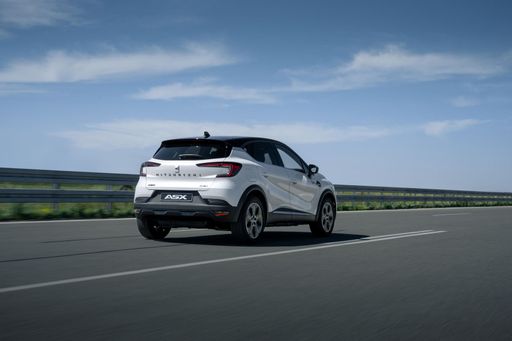 @ Mitsubishi
@ Mitsubishi
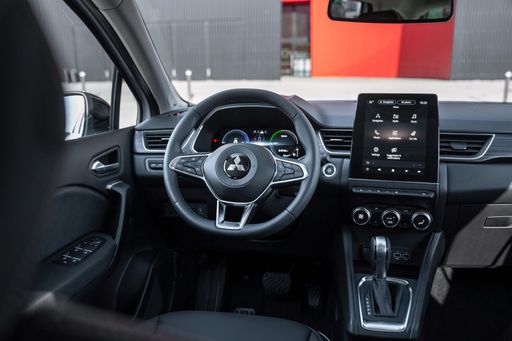 @ Mitsubishi
@ Mitsubishi
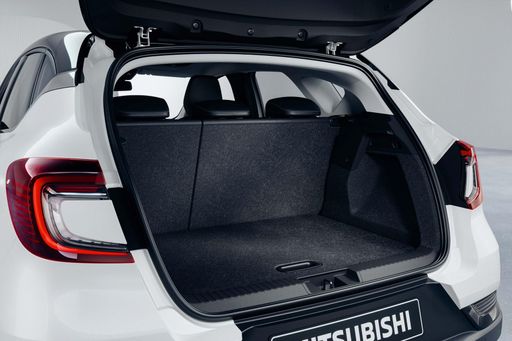 @ Mitsubishi
@ Mitsubishi
Vauxhall Mokka
Der Opel Mokka beeindruckt mit seinem markanten Design und einem Innenraum, der modernen Komfort mit intuitiver Technologie kombiniert. Das Fahrzeug bietet ein dynamisches Fahrerlebnis und eignet sich sowohl für die Stadt als auch für längere Fahrten. Mit seiner effizienten Motorisierung setzt der Mokka zudem auf zeitgemäße Nachhaltigkeit.
details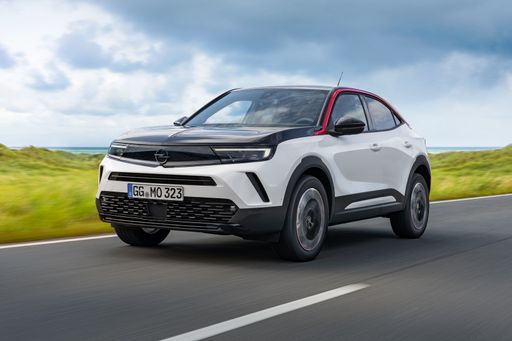 @ media.stellantis.com
@ media.stellantis.com
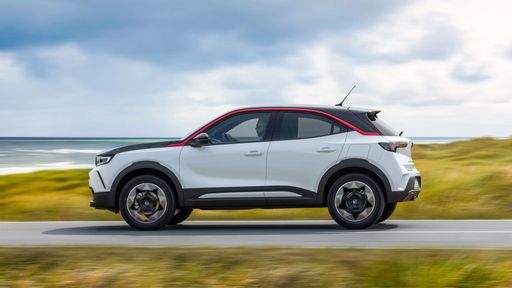 @ media.stellantis.com
@ media.stellantis.com
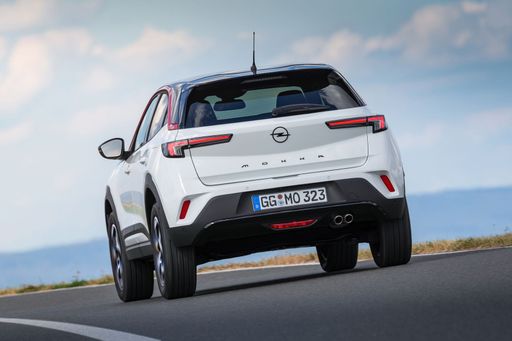 @ media.stellantis.com
@ media.stellantis.com
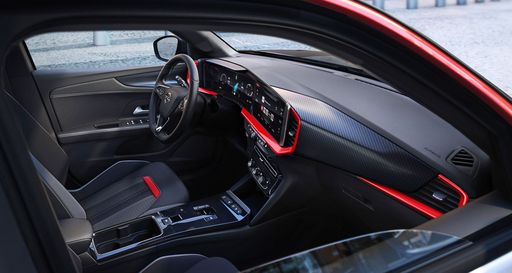 @ media.stellantis.com
@ media.stellantis.com
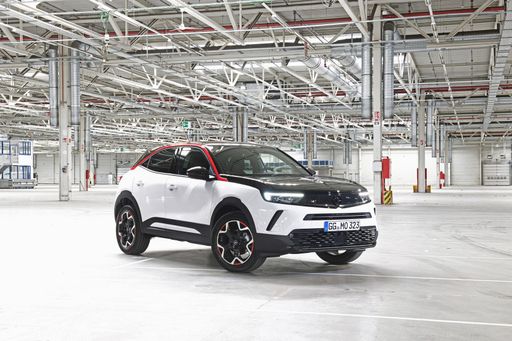 @ media.stellantis.com
@ media.stellantis.com

|

|
|
|
|
Costs and Consumption |
|
|---|---|
|
Price
20600 - 32500 £
|
Price
22900 - 40500 £
|
|
Consumption L/100km
4.4 - 6 L
|
Consumption L/100km
4.9 - 6.1 L
|
|
Consumption kWh/100km
-
|
Consumption kWh/100km
15.4 - 18.5 kWh
|
|
Electric Range
-
|
Electric Range
336 - 403 km
|
|
Battery Capacity
-
|
Battery Capacity
51 kWh
|
|
co2
99 - 135 g/km
|
co2
0 - 138 g/km
|
|
Fuel tank capacity
48 L
|
Fuel tank capacity
44 L
|
Dimensions and Body |
|
|---|---|
|
Body Type
SUV
|
Body Type
SUV
|
|
Seats
5
|
Seats
5
|
|
Doors
5
|
Doors
5
|
|
Curb weight
1296 - 1493 kg
|
Curb weight
1294 - 1672 kg
|
|
Trunk capacity
348 - 484 L
|
Trunk capacity
310 - 350 L
|
|
Length
4239 mm
|
Length
4150 mm
|
|
Width
1797 mm
|
Width
1787 mm
|
|
Height
1575 mm
|
Height
1506 - 1535 mm
|
|
Max trunk capacity
1458 - 1596 L
|
Max trunk capacity
1060 - 1105 L
|
|
Payload
397 - 449 kg
|
Payload
388 - 400 kg
|
Engine and Performance |
|
|---|---|
|
Engine Type
Petrol, Petrol MHEV, Full Hybrid
|
Engine Type
Petrol, Electric, Petrol MHEV
|
|
Transmission
Manuel, Automatic
|
Transmission
Automatic, Manuel
|
|
Transmission Detail
Manual Gearbox, Dual-Clutch Automatic, Automatic Gearbox
|
Transmission Detail
Automatic Gearbox, Dual-Clutch Automatic, Manual Gearbox, Reduction Gearbox
|
|
Drive Type
Front-Wheel Drive
|
Drive Type
Front-Wheel Drive
|
|
Power HP
91 - 158 HP
|
Power HP
130 - 281 HP
|
|
Acceleration 0-100km/h
8.5 - 14 s
|
Acceleration 0-100km/h
5.9 - 9 s
|
|
Max Speed
168 - 180 km/h
|
Max Speed
150 - 209 km/h
|
|
Torque
160 - 270 Nm
|
Torque
230 - 345 Nm
|
|
Number of Cylinders
3 - 4
|
Number of Cylinders
3
|
|
Power kW
67 - 116 kW
|
Power kW
96 - 207 kW
|
|
Engine capacity
999 - 1789 cm3
|
Engine capacity
1199 cm3
|
General |
|
|---|---|
|
Model Year
2024 - 2025
|
Model Year
2024 - 2025
|
|
CO2 Efficiency Class
D, C
|
CO2 Efficiency Class
E, A, C, D
|
|
Brand
Mitsubishi
|
Brand
Vauxhall
|
What drive types are available for the Mitsubishi ASX?
Available configurations include Front-Wheel Drive.
The prices and data displayed are estimates based on German list prices and may vary by country. This information is not legally binding.
